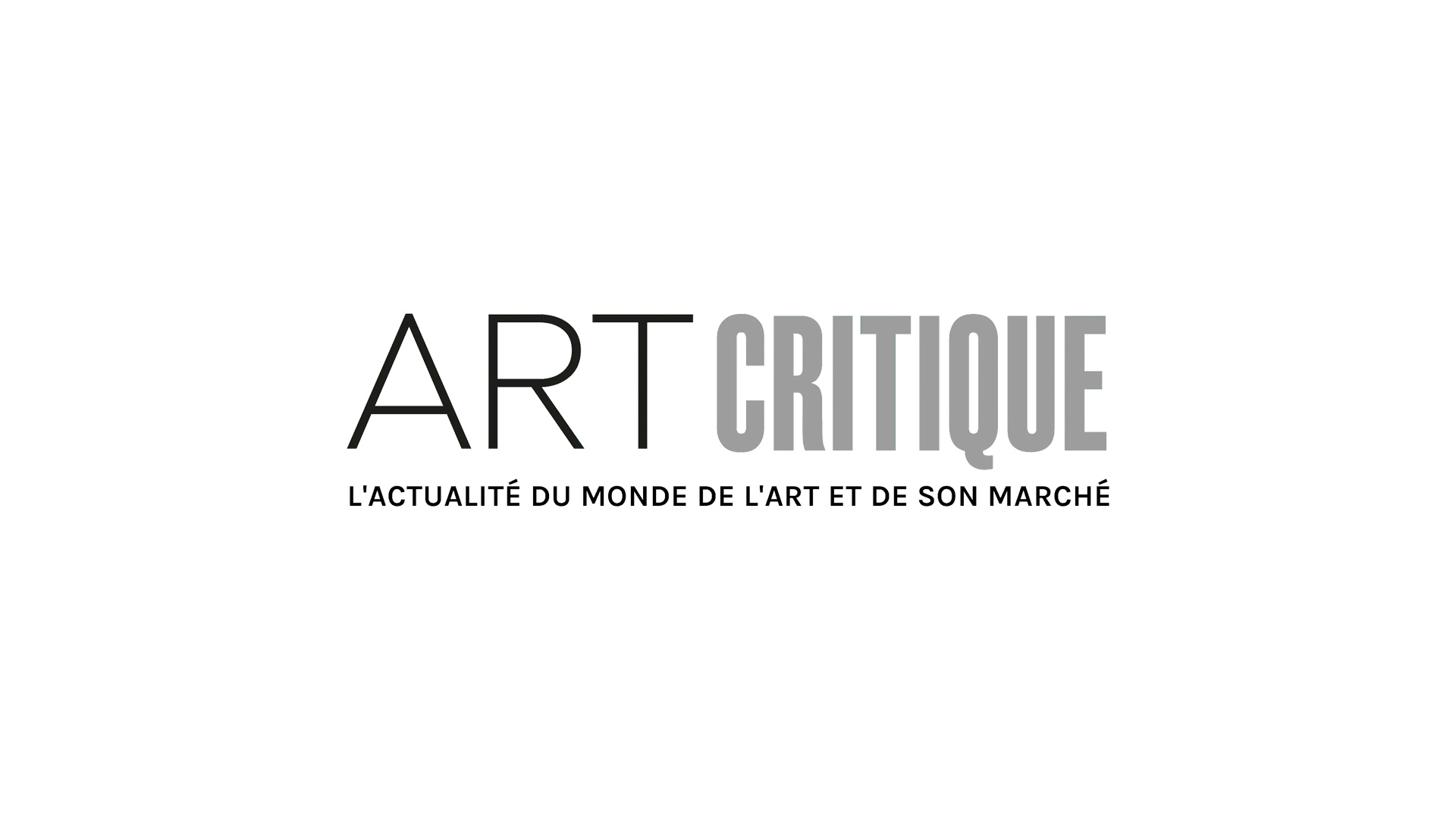Sandy Rodriguez, an artist who calls the border between California and Mexico “home,” creates artworks that illustrate not only the political history of migration between the Americas but that also pay homage to indigenous artists. Through her on-going series Codex Rodriguez-Mondragon, she raises awareness about immigration injustices, like the family separations occurring at the border and detention centers keeping asylum seekers. At the same time, Rodriguez’s painted vignettes make direct references to the 16th century Florentine codex; she collapses time to demonstrate the contentious nature of the land and its complex history.
Born in National City, California, Rodriguez identifies as a Chicana artist descending from three generations of Mexican painters. When people ask her when she started painting, she replies, “I always have. It’s in my blood.” In addition to training at the California Institute of Arts, Rodriguez has an established career working as a museum educator at the J. Paul Getty Museum. Her interest in creating organic palettes derived directly from the land led her to study at the Blue Wind School of Botanical Studies.

Rodriguez often describes her role as tlacuilo, a Nahua word meaning artist, scribe, and sage. The artist reclaims the ancient processes of making by creating her pigments from local plants and insects. After collecting and mixing site-specific ingredients, she bravely brushes the natural dyes and watercolors onto amate paper, a unique fiber made in Mexico and produced from the bark of wild fig or mulberry trees. This medium, a metaphor for the hardship indigenous peoples of the Americas have faced, was mostly prohibited under Spanish Colonial rule. The paint bleeds into the paper, making each mark in the Codex Rodriguez Mondragon a permanent one.
The Florentine Codex plays a pivotal role in the artist’s work. Composed by the Franciscan Friar Bernandino de Sahagun and his central Mexican collaborators in the late-sixteenth century, the series of twelve books are written in both Nahuatl and Spanish. The scribes also incorporated with over 2,000 illustrations. The goal of the codex was to better understand the region’s indigenous cultures in order to facilitate its colonization. The artist deliberately blends imagery from the colonial volumes and names her series using her two surnames, Rodriguez and Mondragon, in an effort to reclaim the region’s multifaceted history and forge a path to decolonization.

De las Señales y Pronosticós and I.C.E. Raids de Califas 2018, Sandy Rodriguez. Hand-processed dyes and watercolor from native plants and earth pigments on amate paper. Photograph by J6 creative. Courtesy of the artist.
Before creating a new map, the Rodriguez visits the area and goes “off the grid.” This process helps her collect earth and plants that will eventually make their way into her artwork; it also affords a deeper connection to the landscape. These sites are also often near places of repression such as detention centers or areas of U.S. Immigration and Customs Enforcement (ICE) raids. Rodriguez usually portrays the government agency through Calavera Copters, black acrylic helicopters with skull stencils. She changes her use of material from organic to fabricated as a way to distinguish the contemporary from the past, the natural from the unnatural.
According to the Rodriguez, she hopes people walk away from her art with a new appreciation for the richness and wealth of Mexican cultural production, but also a better understanding of the hardships generations of people have endured. Rodriguez’s latest work confronts the recent deaths of young children killed while in ICE custody. Starting January 18, 2020, art enthusiasts can see her newest work at her upcoming one-person exhibition at the Charlie James Gallery in Los Angeles, California.
Featured Image: Mapa de Los Angeles: For those Killed by Police in 2018, Sandy Rodriguez. Hand-processed dyes and watercolor from native plants and earth pigments on amate paper. Photograph by J6 creative. Courtesy of the artist.





